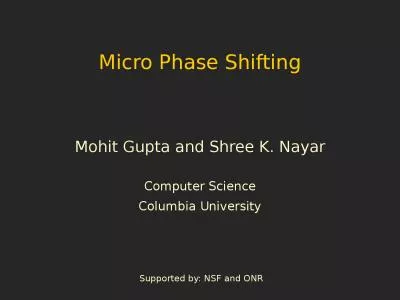PDF-Micro Phase Shifting Mohit Gupta Columbia University New York NY mohitgcs
Author : sherrill-nordquist | Published Date : 2014-12-17
columbiaedu Shree K Nayar Columbia University New York NY 10027 nayarcscolumbiaedu Abstract We consider the problem of shape recovery for real world scenes where
Presentation Embed Code
Download Presentation
Download Presentation The PPT/PDF document "Micro Phase Shifting Mohit Gupta Columbi..." is the property of its rightful owner. Permission is granted to download and print the materials on this website for personal, non-commercial use only, and to display it on your personal computer provided you do not modify the materials and that you retain all copyright notices contained in the materials. By downloading content from our website, you accept the terms of this agreement.
Micro Phase Shifting Mohit Gupta Columbia University New York NY mohitgcs: Transcript
Download Rules Of Document
"Micro Phase Shifting Mohit Gupta Columbia University New York NY mohitgcs"The content belongs to its owner. You may download and print it for personal use, without modification, and keep all copyright notices. By downloading, you agree to these terms.
Related Documents

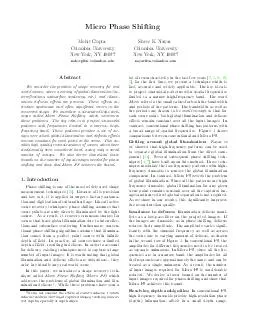


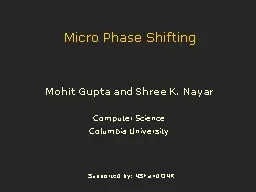

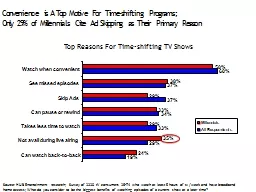


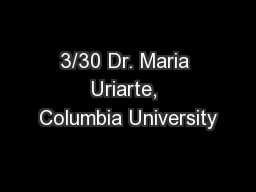


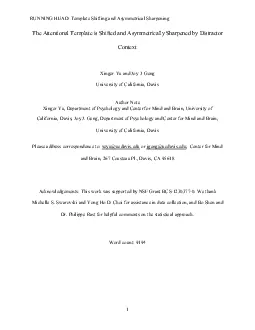
![[EBOOK] - Columbia University: Off the Record (College Prowler) (College Prowler: Columbia](https://thumbs.docslides.com/903412/ebook-columbia-university-off-the-record-college-prowler-college-prowler-columbia-university-off-the-record.jpg)
